Houston As Eco-City? A look at the revitalization of Buffalo Bayou, through the downtown core of this not-considered-ecologically-aware Texas metropolis, reinvigorates the subtropical ecosystem and provides necessary park space to this urban area.
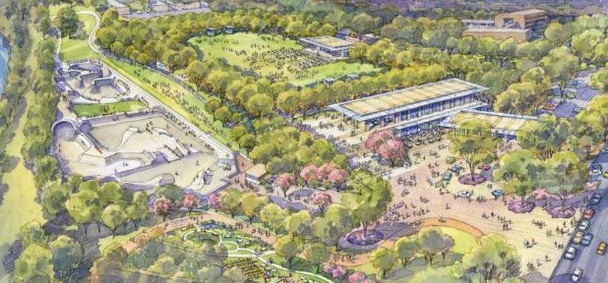

Heart and Soul Walks Along the Bayou
Even this southeast Texas metropolis, the fossil-fuel-driven, no-zoning-free-market-build-here-there-everywhere-city, has found its sustainable voice. People kayak and baby-stroll under reclaimed freeway-edges with city decision-makers implementing the $1 billion long-imagined dreams of re-establishing the flow of the previously anonymous bayous criss-crossing the city.
The 10-square-mile Brownfields restoration of Buffalo Bayou crosses downtown Houston from east to west. It includes parks, promenades, a performance center, botanical gardens, boat landings, and residential development, following the waterway winding in from the Gulf of Mexico’s Galveston Bay. A not well-known fact is that Houston is the Bayou City, with 22 major watersheds converging with heavy rainfall and frequent floods, overwhelmed with tropical storms and hurricanes in recent years causing damage in the billions of dollars.
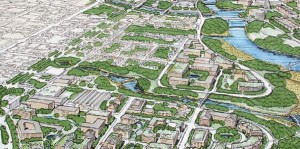

Buffalo Bayou was considered an industrial wasteland, but a 2002 plan envisioned a resource three times that of New York’s Central Park. The project would reclaim and restore the natural inundation cycle of landscaped areas, protecting against downtown floods, purifying runoff through restored drainage patterns.
By restoring historic tributaries, green fingers of parkland connect once-disparate neighborhoods. It’s the kind of neighborhood revitalization project, complete with retooling freeway corridors and re-using vacant and industrial land not usually associated with the sprawl-defined metropolis that rejected zoning and allows covenants and local restrictions to provide a baseline to guide the real estate marketplace.
The Buffalo Bayou Partnership has raised millions in private and public funds to implement the project, provided management of some 6,400 acres, and planned the park and facility improvements. At the New Partners for Smart Growth Conference in San Diego, Pratap Talwar from Thompson Design Group and a host of other designers and planners presented Houston’s rework.
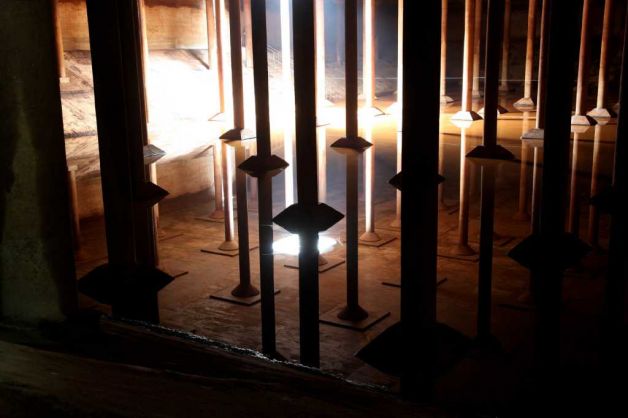

The Cistern: An Undergound Park?
While undertaking due diligence for purchase of an old reservoir during the $55 million Shepherd-to-Sabine portion of the plan, the partnership found an interesting opportunity. They planned to build a concert hall atop the reservoir and its artificial hill to take advantage of the stunning, up-close view of downtown. They had possible ideas for underground parking in the reservoir.
Yet, climbing through the hatch, they found row upon row of slender concrete columns, 25 feet tall and reflected in about 6 inches of water at the reservoir’s floor. From the hatches, light fell in dramatic shafts. The enormous old reservoir, never intended as anything more than efficient infrastructure, turned out to be stunningly, startlingly beautiful: an industrial cross between a cavern and a cathedral.
While significant design work, financing, and construction still needs to be done to bring the project to fruition, significant resources have been dedicated to completing the next phase. And Houston’s sprawling landscape has been brought a little closer to human size.
Sources:
http://www.chron.com/life/gray/article/Gray-Buffalo-Bayou-s-dark-secret-2736594.php#photo-2183012
http://www.theatlanticcities.com/politics/2012/02/greening-houston/1127/

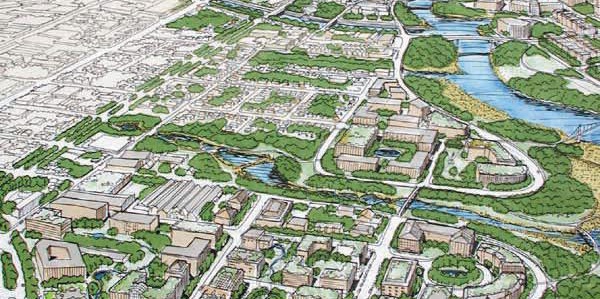

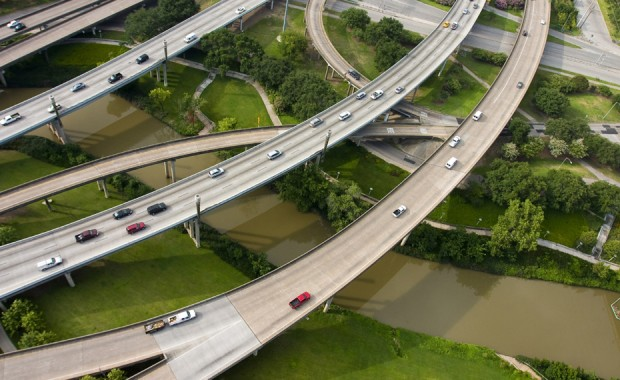

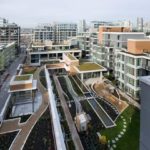
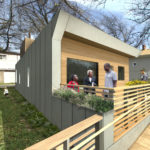

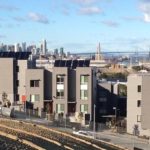
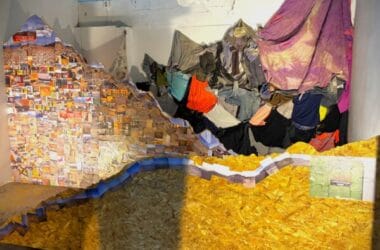





Pingback: Los Angeles River Revitalization: A City Rediscovers its Flow | WilderUtopia.com
Pingback: LA River Revitalization